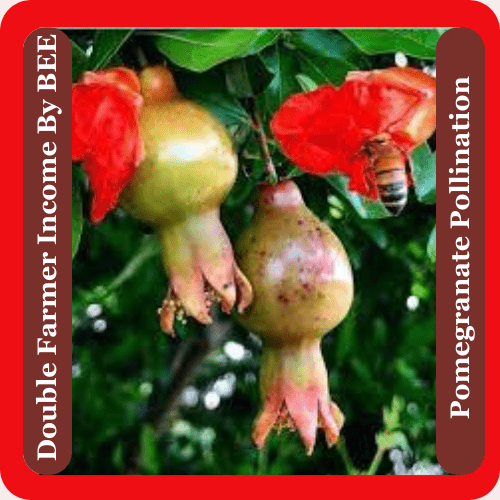Difference between raw honey and processed honey
Raw honey and processed honey differ in their processing methods, nutritional content, and flavor. Here are the main differences between the two:
- Processing: Raw honey is minimally processed and undergoes minimal heating and filtration. This allows it to retain all of its natural enzymes, vitamins, and minerals. Processed honey, on the other hand, is heated and filtered to remove any impurities, which may affect its nutritional content.
- Nutritional content: Raw honey contains higher amounts of vitamins, minerals, and enzymes compared to processed honey. These nutrients can be destroyed or removed during the processing of honey.
- Flavor: Raw honey has a more distinct and robust flavor compared to processed honey, which can have a more uniform taste due to the blending of different types of honey.
- Crystallization: Raw honey is more likely to crystallize due to the presence of pollen and other particles, while processed honey is less likely to crystallize due to the removal of these particles.
- Price: Raw honey is generally more expensive compared to processed honey due to its higher nutritional content and the labor-intensive process of harvesting and processing it.
Overall, raw honey is considered to be a healthier option due to its higher nutritional content and minimal processing. However, processed honey may be more convenient and cost-effective for some people.





Leave A Comment